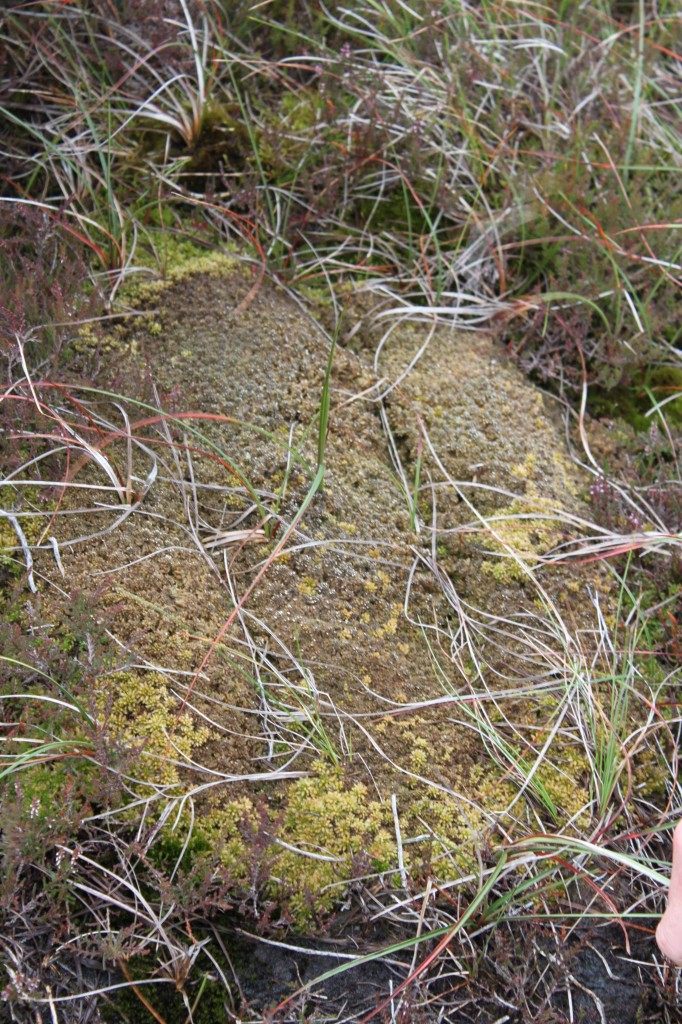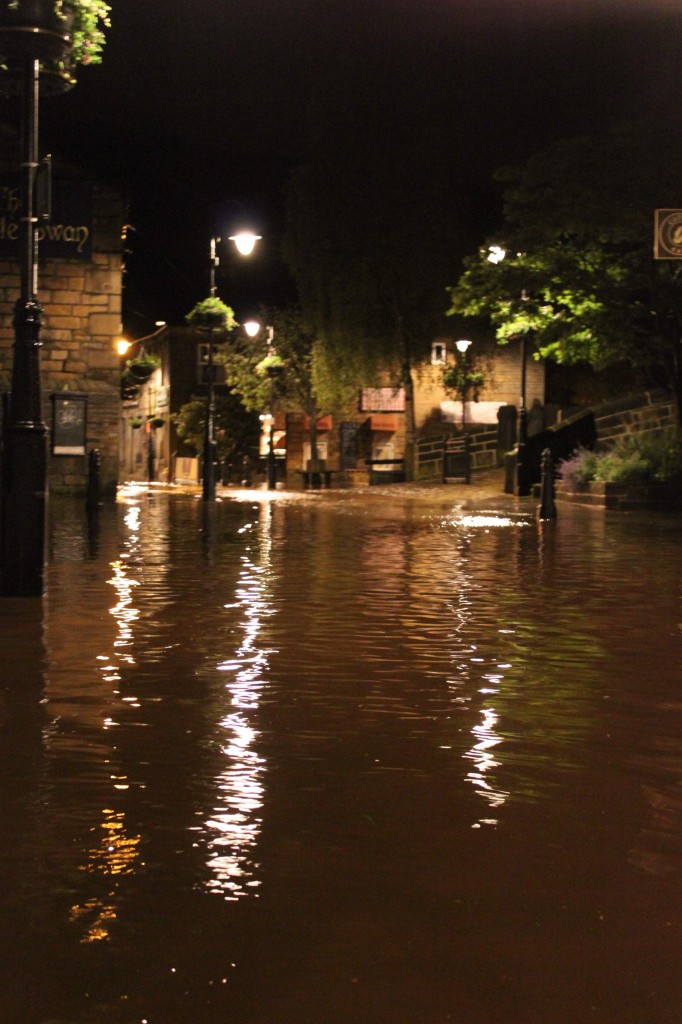Please distribute and publish this press release as widely as possible.
On Sunday August 12th, flood-hit residents of Hebden Bridge and campaigners from across the country will set out from St George’s Square in the town centre on a BAN THE BURN protest walk to the Walshaw Moor grouse-shooting estate. Following the walk, at 6pm the BAN THE BURN national campaign launch will take place at Hebden Bridge Trades Club.
The walkers and campaigners are demanding a ban on burning and drainage of blanket bogs, and an end to environmental stewardship subsidies to landowners who burn and drain this legally-protected habitat – Walshaw Moor Estate has recently been given a £2.5million stewardship contract with a special exception to permit burning on blanket bog.
Anyone who would like to take part is welcome to contact the organisers.
Timed to coincide with “The Glorious Twelfth” (the opening of the grouse-shooting season), the day of action will highlight the damaging effects of burning and draining blanket bogs:-
– increased flood risk downstream
– very significant carbon emissions
– adverse impacts on water quality
– the destruction of a globally significant habitat type
Walshaw Moor Estate Ltd. own a significant part of the moorland catchment above Hebden Water. The company came to public attention when Natural England initiated a prosecution for 43 environmental breaches in the Estate’s management of land in a Site of Special Scientific Interest (SSSI). Natural England abruptly dropped the case in March this year, and have subsequently entered an Environmental Stewardship agreement with the Walshaw Estate. This agreement will pay the Estate over £2.5 million in public subsidies over the next ten years. It will permit “controlled” burning activities on blanket bog, under an exemption from the Heather and Grass Burning Code’s rule that burning must not take place on sensitive areas such as peat bog and wet heathland.
Dongria Kondh, one of the walkers, says,
“Here in Hebden Bridge we know the real hardship of flooding – shops and businesses in our town are still shut, and many of our friends and neighbours have suffered irreplaceable loss. In order to reduce our town’s vulnerability to flooding, we need the upland catchment to be managed to promote healthy blanket bog, with sphagnum moss to act as a sponge in heavy rainfall events.
“It seems grotesque that the taxpayer is paying for the exact opposite – £2.5 million is about five times as much as is in the Calder Valley flood recovery fund! If Walshaw Moor wants public subsidies, it must use them for the public good and completely restore the blanket bogs on its estate.”
A further press release will be issued on Sunday night, giving links to photos and video footage of the event. Please contact changingmorethanlightbulbs@gmail.com
Contact details for more information
email: changingmorethanlightbulbs@gmail.com
Photos
Please credit photos to www.energyroyd.org.uk, as licenced under the terms of the website’s Creative Commons Attribution-NonCommercial-ShareAlike 3.0 Unported License http://creativecommons.org/licenses/by-nc-sa/3.0/ )
NOTES FOR EDITORS
1. Natural England advocates restoration of peat bogs in order to reduce the risk of flooding. It says,
“By increasing the natural capacity of the countryside to absorb and hold excess water, the risk of flooding could be dramatically decreased.
‘Investing more money in traditional flood defences by constructing concrete and earth embankments may no longer be adequate or sustainable in the long-term. We must look to more sustainable solutions including those involving land-use change,’ said Andrew Wood, Natural England’s Executive Director for Evidence & Policy, at the committee inquiry today.
“The capacity of the countryside to absorb water must be increased. To do this we must start by reversing changes made to landscapes. Restoration of peat bogs in northern uplands would slow water reaching the streams and lowland rivers, reducing the threat to towns such as Ripon, Hull and Sheffield – all of which have experienced severe flooding”
2. Landowners like Walshaw Moor Estate Ltd drain and burn blanket bog in order to create a habitat where grouse can breed and feed. Draining blanket bog dries the peat, so that heather can replace the peatland bog vegetation, such as sphagnum moss and cotton grass – heather is a plant that doesn’t like to get its feet too wet.
Once heather is established, burning is carried out to limit the height of the heather, because grouse can’t survive in long heather -they need short heather to nest in and raise their young.
3. Blanket bogs are protected under the European Union Habitats Directive and the UK Conservation (Natural Habitats, &c.) Regulations 1994 , updated by the The Conservation of Habitats and Species Regulations 2010 , which consolidate all the various amendments made to the 1994 Regulations in respect of England and Wales. More information about this legislation is available at http://jncc.defra.gov.uk/page-1374
According to Natural England,
“Blanket bog is one of the rarest wildlife habitats in the world. Its importance is recognised in Europe by its inclusion in the EU Habitats Directive as a priority habitat.
In addition to its importance as a wildlife habitat, the role of blanket bog in the provision of a number of ecosystem services is significant. This includes the ability to capture and store large amounts of carbon, its role in securing high water quality and its ability to reduce flood risk downstream through slowing hydrological pathways. Blanket bogs also fulfil an important function as repositories of archaeological and palaeoecological material, with some blanket peat over 9,000 years old.”
Apparently side-stepping regulations to protect this rare habitat, Natural England has signed a Notice of Proposal and Consent for the Walshaw Moor Estate that suspends the Heather and Grass Burning Code’s rule that burning must not take place on sensitive areas such as peat bog and wet heathland.
4. Despite laws and regulations to protect peat bogs, the government isn’t protecting the country’s peatland carbon sinks. Walshaw is not an isolated case – the latest data on the condition of Blanket Bog within Sites of Special Scientific Interest in England found that only 11% by area are in favourable condition, although 83% is in recovering condition mainly on the basis of management agreements and other measures in place. Primary reasons cited for unfavourable (no change or declining) condition are overgrazing, inappropriate “moor burning” and drainage.
The International Union for Conservation of Nature (IUCN) UK Committee’s Peatland Programme reports estimates that 10 million tonnes of carbon dioxide are being lost each year from the UK’s damaged peatlands. This has serious implications for worsening climate change. A recent Commission of Inquiry on Peatlands reports that
“A loss of only 5% of UK peat carbon would equate to the total annual UK human green house gas emissions.”
In the process of draining and burning blanket bog, the sphagnum moss is destroyed and a carbon sink is turned into a carbon source. Damaged UK peatlands currently release almost 3.7 million tonnes of CO2e a year – more than all the households in Edinburgh, Cardiff and Leeds (Source – The Commission of Enquiry into UK Peatlands).
5. More background information is available by entering Wuthering Moors into the search engine of http://markavery.info/blog/. Or you can read several posts in the Farming & Food News strand of this website.
ENDS//


